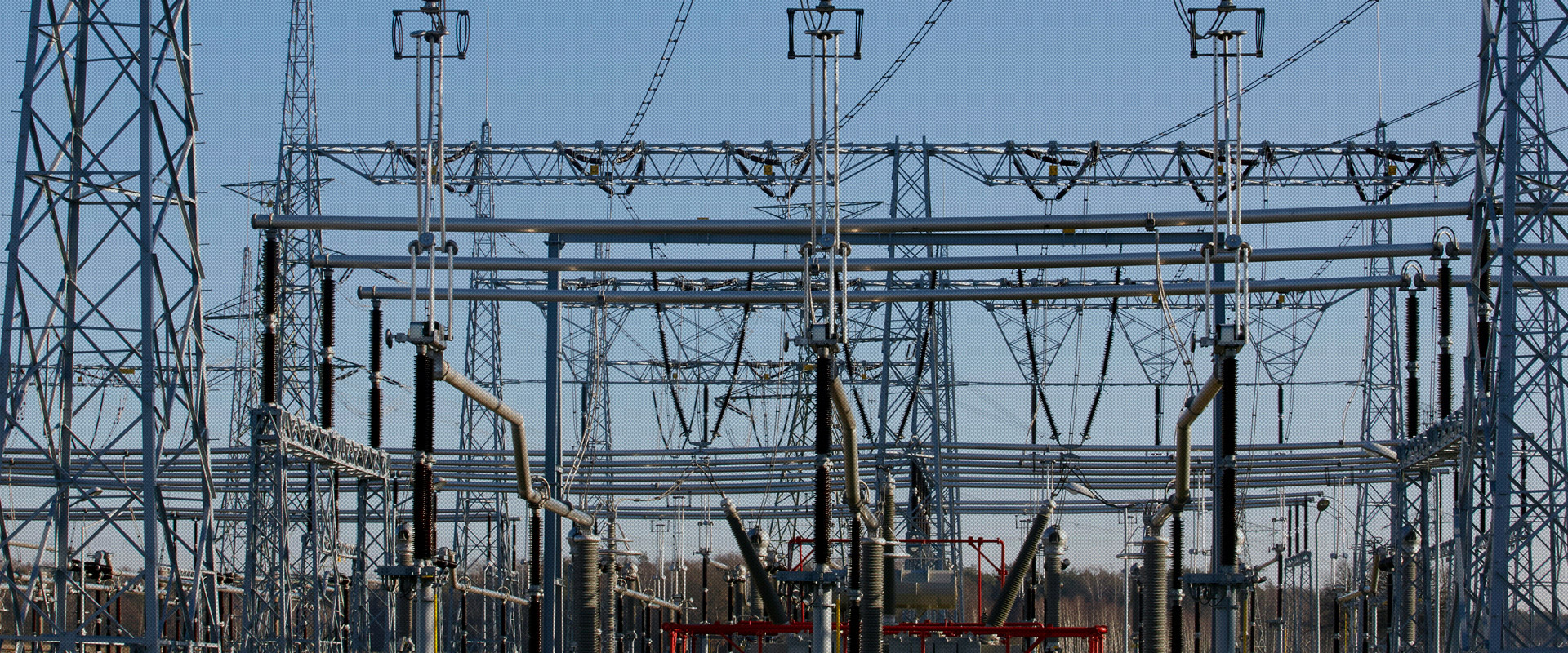Negotiations had previously been completed on the proposals forming part of the package, for a directive on the promotion of the use of energy from renewable sources, a directive on energy efficiency, and the proposal for a resolution on the Governance of the Energy Union. Those legal acts were published in the EU Official Journal on 21 December 2018 and entered into force at the beginning of 2019.
The regulatory framework of the main areas of transmission system operators’ activity is provided in Regulation (EU) 2019/943 of the European Parliament and of the Council of 5 June 2019 on the internal market for electricity EU The areas defined in the document concern, in particular, the rules of balancing, setting the minimum limits of cross-border capacity made available by the TSO, the rules for taking decisions on the division of bidding zones, conditions for the introduction of capacity mechanisms, and the establishment of regional coordination centres to increase regional cooperation.
According to the new regulatory framework, the rules applicable in balancing markets are to ensure:
- non-discrimination between market participants taking account of the different technical needs of the system and the different technical capabilities of market participant;
- transparent and technologically neutral definition of services and the market mechanism for ordering them;
- taking into account the considerations related to the increasing share of variable renewable electricity production, the demand side and new technological solutions.
In order to ensure maximum capacity of cross-border interconnections, which are to be made available to market participants, the new regulation sets minimum capacity at 70% of the cross-border transmission capacity made available. In the case of the Member States that will adopt the action plan for resolving the issue of congestions, the adjustment to the above limit may take place gradually (following the so-called linear trajectory) until the end of 2025.
The new regulations also define the utilisation of revenue from the provision of cross-border capacity, which is to be used first to guarantee the availability of long-term allocated capacity and to maintain or increase cross-border interconnection capacity, in particular through coordinated actions of transmission system operators at regional level and at European level, including the implementation of remedial actions. When the above priority objectives are achieved, the revenue can be used as income taken into account by national regulatory authorities in the tariff approval process.
Regional coordination centres to be established pursuant to the new legislation mentioned above will issue binding instructions to transmission system operators, concerning processes which are key to the operational security of systems, i.e. coordinated calculation of cross-border capacity and coordinated security analyses. For some other functions, the centres will issue recommendations. Regional coordination centres are to operate independently of individual national interests and the interests of national transmission system operators.
The new legislation also establishes conditions and rules for capacity mechanisms as a temporary instrument implemented to ensure that a necessary level of generation adequacy is achieved by rewarding generating sources for their availability.
Since the beginning of 2019, analyses of new regulatory provisions have been conducted at PSE in order to assess the extent of the changes required and develop a concept for their implementation. Implementation of some of the requirements, in particular those related to the establishment of regional coordination centres, will take place at regional level and within ENTSO-E. Work concerning changes in the operation of the balancing market will be implemented at national level. At the same time, work is continued to implement the network codes and guidelines resulting from the Third Package. At each stage, cooperation will be maintained with the government administration, in particular due to the need to ensure the effectiveness of new regulations, and in the implementation of new directives into national law.











